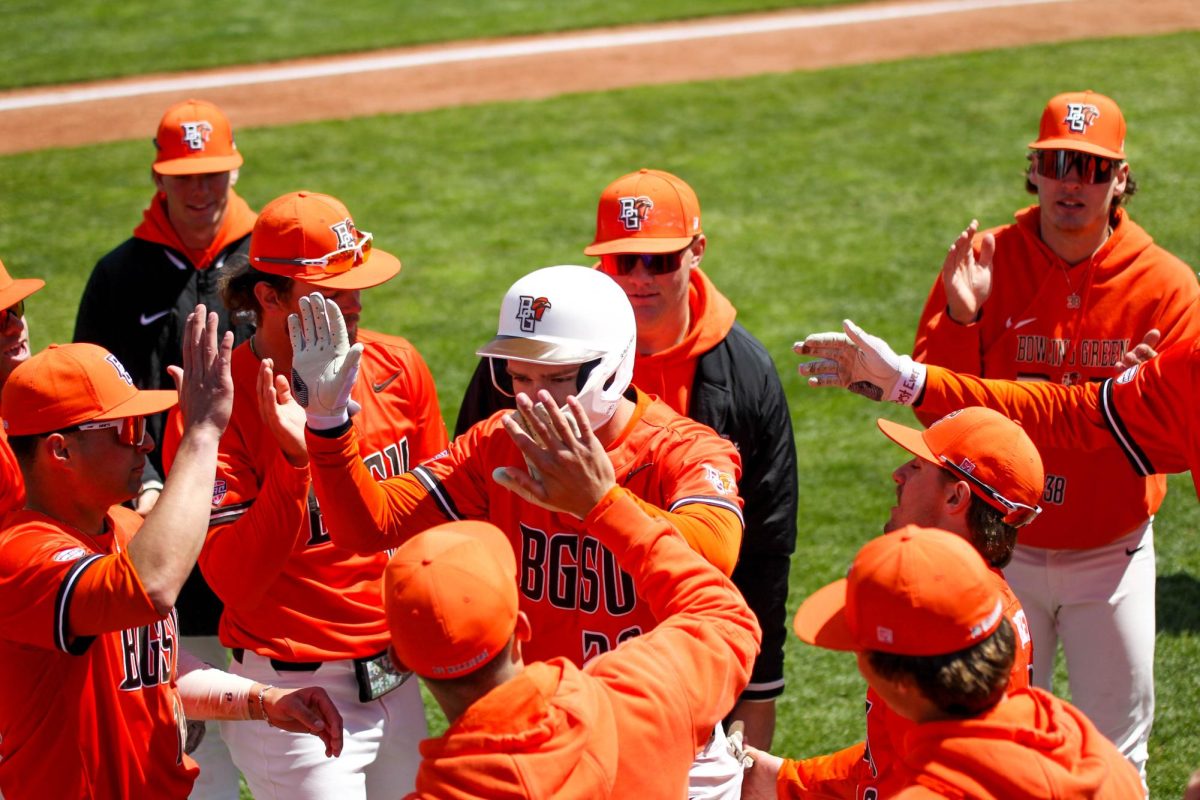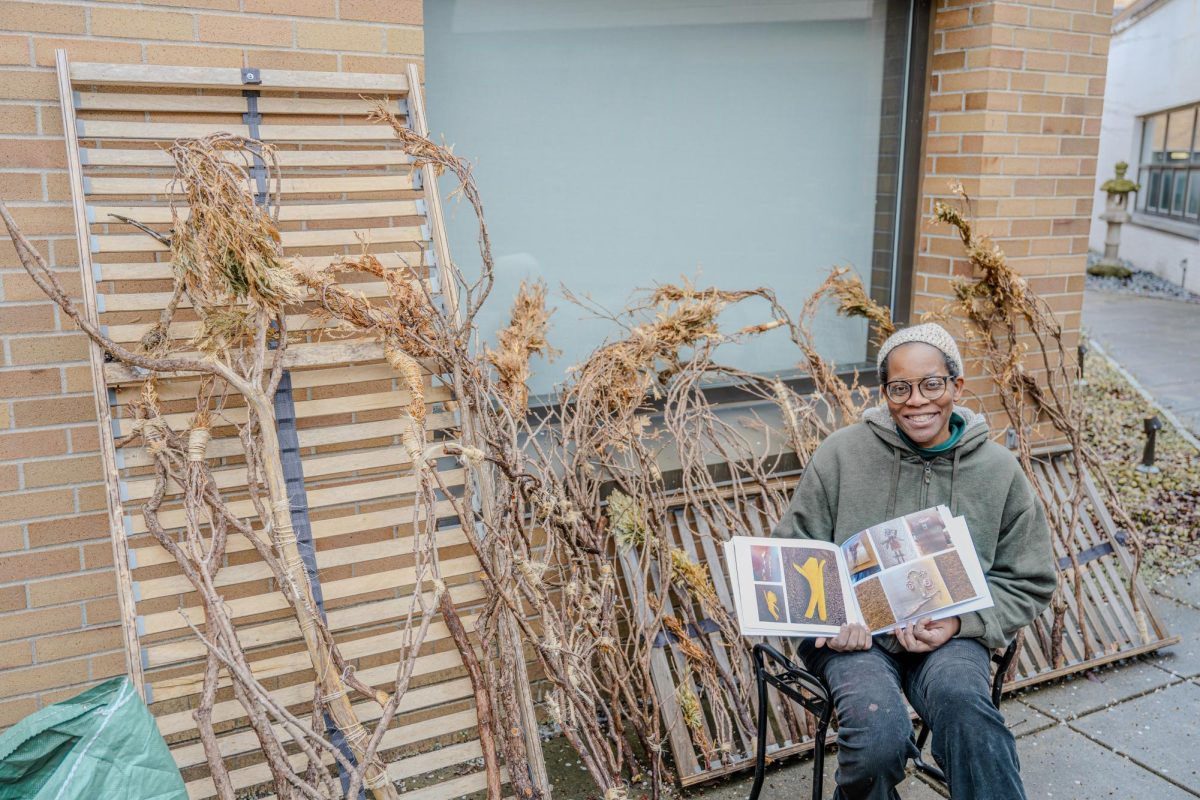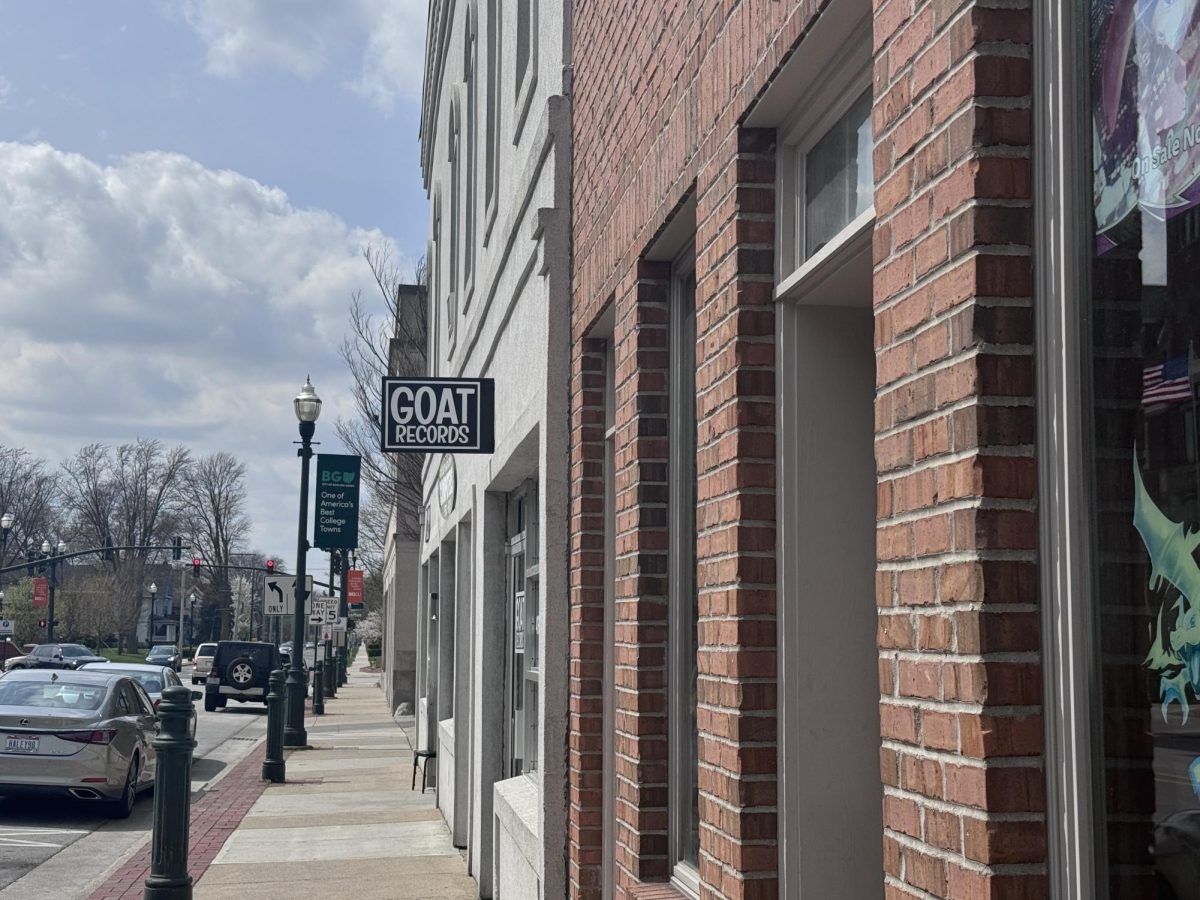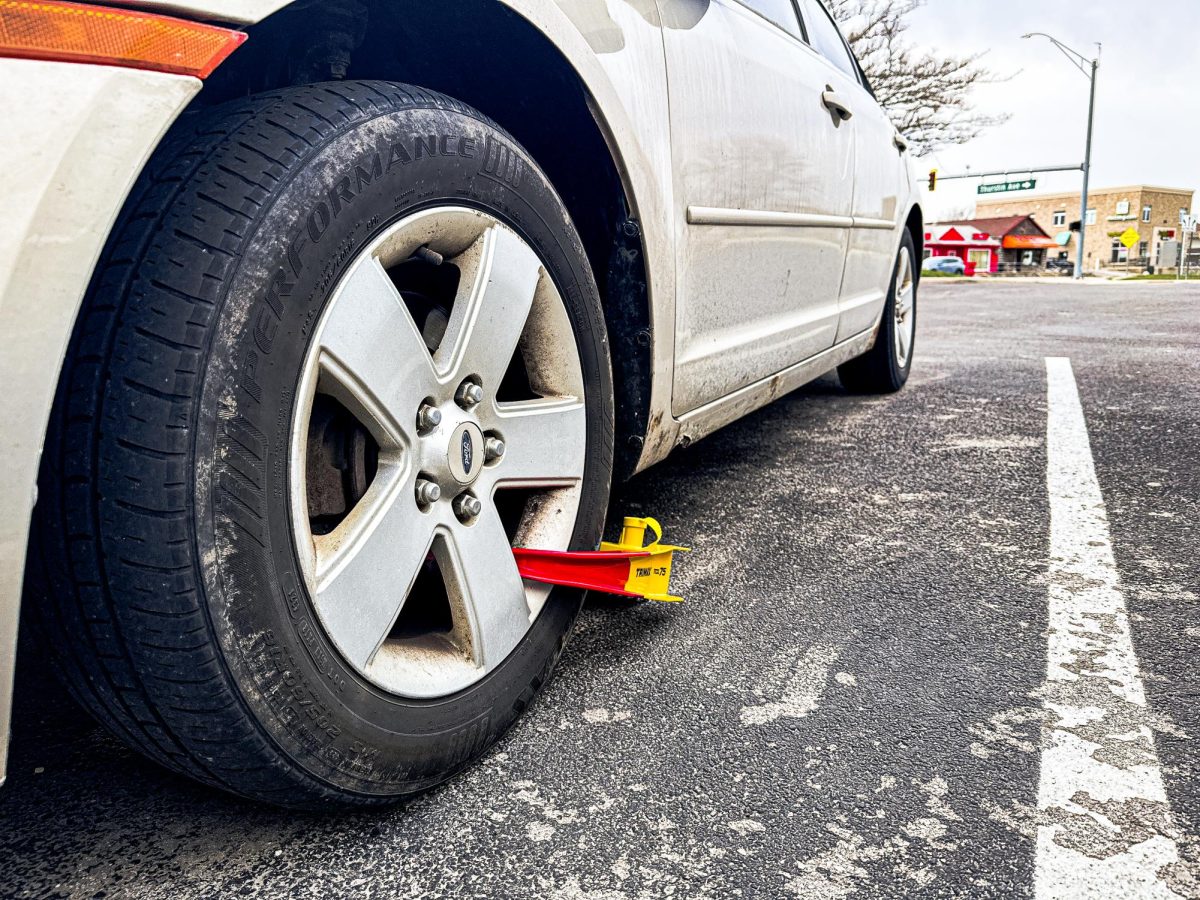The University is in the initial stages of joining colleges nationwide in taking a stand for sustainability by signing the American College and University President’s Climate Commitment.
The commitment, started in 2006, has 674 signatures from college presidents nationwide, including 19 from Ohio, according to its website. The commitment sets the schools on a path to be “climate neutral,” which means emitting no net green house gases through campus operations, including carbon dioxide, methane and nitrous oxide.
Charles Onasch, director of the University’s School of Earth, Environment and Society, was contacted by University President Mary Ellen Mazey in November to chair the committee that is developing a plan to allow her to sign the commitment.
The University is initiating a three-step process to join the commitment, Onasch said. The committee will develop a plan, present it to Faculty Senate and Board of Trustees for approval, and then Mazey will formally sign it.
“We have four subcommittees,” Onasch said. “One is looking at short term plans, which are things we can do to demonstrate our commitment right away, such as Recycle Mania, and for the University to only purchase Energy Star appliances.”
The second committee is focusing on the long term plans, such as renovating the three legacy buildings to be highly energy efficient and use just a fraction of the energy they are currently using, Onasch said. This committee might recommend the University look at alternate forms of energy, such as wind or solar energy, in small projects around campus to supply part of the needs.
The third subcommittee is examining the curriculum and how sustainability and awareness about global climate change can be integrated and included in it and faculty/student research programs, Onasch said.
“As an educationalist institution, we need to be a leader in walking the walk and talking the talk,” Onasch said. “If we’re going to say we’re committed to this, we have to demonstrate it and educate all our students so they can carry the ball.”
The fourth subcommittee is using the “Clean Air Cool Planet Carbon Calculator,” a spreadsheet used to calculate green house gas emissions, Onasch said.
There’s likely to be considerable expense involved when retrofitting a building to be energy efficient, Onasch said. But the costs involved should be seen as investments, because with time the buildings will pay for themselves and start earning a profit.
There will also be some challenges while trying to reach no net green house gas emissions, he said.
“It’s going to be impossible to reduce our emissions to zero because we have a heating plan and a steam plan that’s natural gas powered,” Onasch said. “But what we can do is reduce the demand of energy produced by that … so it can be scaled back.”
The earth is warming at an unprecedented rate and is directly correlated to the amount of carbon dioxide produced in our society during the last 200 years, he said.
“When you reduce energy consumption you’re going to be saving a lot,” Onasch said. “When you consider the price of energy in the future, there is only one way it’s going to go – up.”
Senior Deborah Harris said there are several things students can do to reduce their energy consumption, such as walking or taking the bus instead of driving to school.
“I know a lot of students who drive their car to school instead of walk, when it takes them longer to drive, find a parking space and then walk to class,” she said.
Junior Lindsay Moore said when students conserve energy resources, the country can enjoy cleaner air and a healthier environment, while also protecting the world’s climate.
“Saving the planet for future generations may not be a good enough sell for some people,” she said. “But everyone is seeking ways to hold on to their money, especially in these tough economic times … you can turn off running tap water and decrease your water bill.”
The University’s committee is currently setting up a website so the campus community can get involved and offer more ideas, Onasch said.
“We are hoping to get a draft of the plan by the end of the semester,” he said.




















